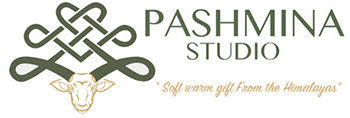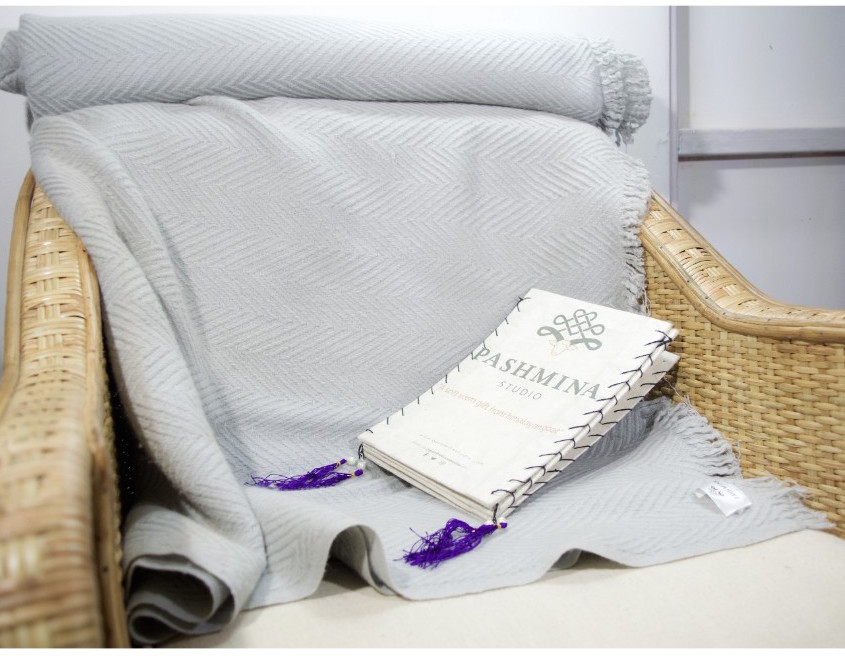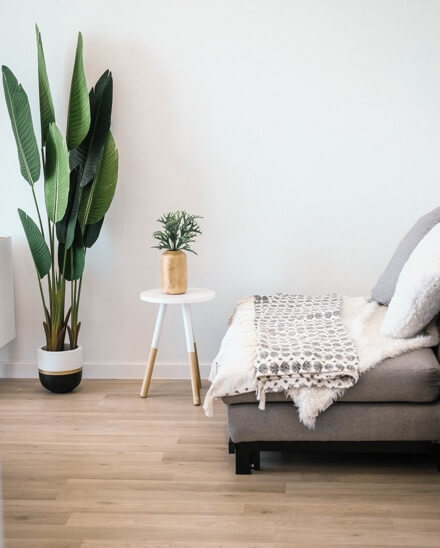Natural Dyed Cashmere
Can you dye a cashmere/How to dye a cashmere using a Natural process?
How you dye cashmere naturally at home or can you dye cashmere at home must be your biggest question. Dying cashmere using natural elements is the oldest and most sustainable eco-friendly technique for dyeing cashmere or any other fabric. Before knowing all the things getting ideas about natural dyeing is important. Natural dyeing elements are extracted from regular fruits, herbs, vegetables, insects, or minerals from the natural environment. Since Nepal has an area of 0.1% of the global landmass but contains a large diversity of plants and animals. The country harbors over 2% of the flowering plants, 3% and 6% of the cryptogram, and the Mosses in the world’s flora. Firstly herbs, flowers, or minerals are mixed with water and boiled in a non-reactive pot for an hour or two depending on the nature of the raw material. Following that solid and liquid form of the dye solution is separated by filtering with a cotton cloth and the Liquid Dye is ready. On the other hand, fabric/yarn is processed separately. Firstly the weight of the shawl is measured and according to weight, the dye ratio is calculated. Before dying, the shawl needs to be preprocessed which is boiled for half an hour up to two hours and washed several times to separate all the impurities Such as dirt, grease, or natural oil from the fibers. This process is called scouring. Then the pre-mordant is done before dyeing in this process the shawl is dipped into Alum Mordant solution for 30 minutes. Now previously made liquid dye solution along with water is boiled on a large pot then this pashmina shawl is dyed carefully until the desired color is obtained, if not re-dyeing is done. After this process, the pashmina shawl is again washed several times and dipped with Alum Solution for 30 minutes. Alum – Potassium aluminum sulfate is the mordant most frequently used in natural dyeing since it improves light and wash fastness of all-natural dyes and keeps colors clear. Now the shawl is washed several times so that color doesn’t bleed. The shawl is finally left to dry for hours until it’s ready.What kind of dye do you use for cashmere Natural Dyeing.
The types of natural dye are mainly plants, minerals, insect fruits, and vegetables. Mainly the waste from food processing is used for natural dyeing some of the raw materials for natural dyeing are:
- Onion Skin
- Pomegranate Skin
- Myrobalan
- Rhododendron flower
- Madder
- Indigo
- Red Sandalwood
- Turmeric
- Pine Bark
- Lac
- Environmentally friendly
- Renewable
- Skin Friendly.
- antimicrobial properties.
- Antiallergic
- Biodegradable
- Eco Friendly







Thanks for your blog, nice to read. Do not stop.
I have read a few good stuff here. Definitely price bookmarking for revisiting. I surprise how so much effort you set to create one of these excellent informative site.